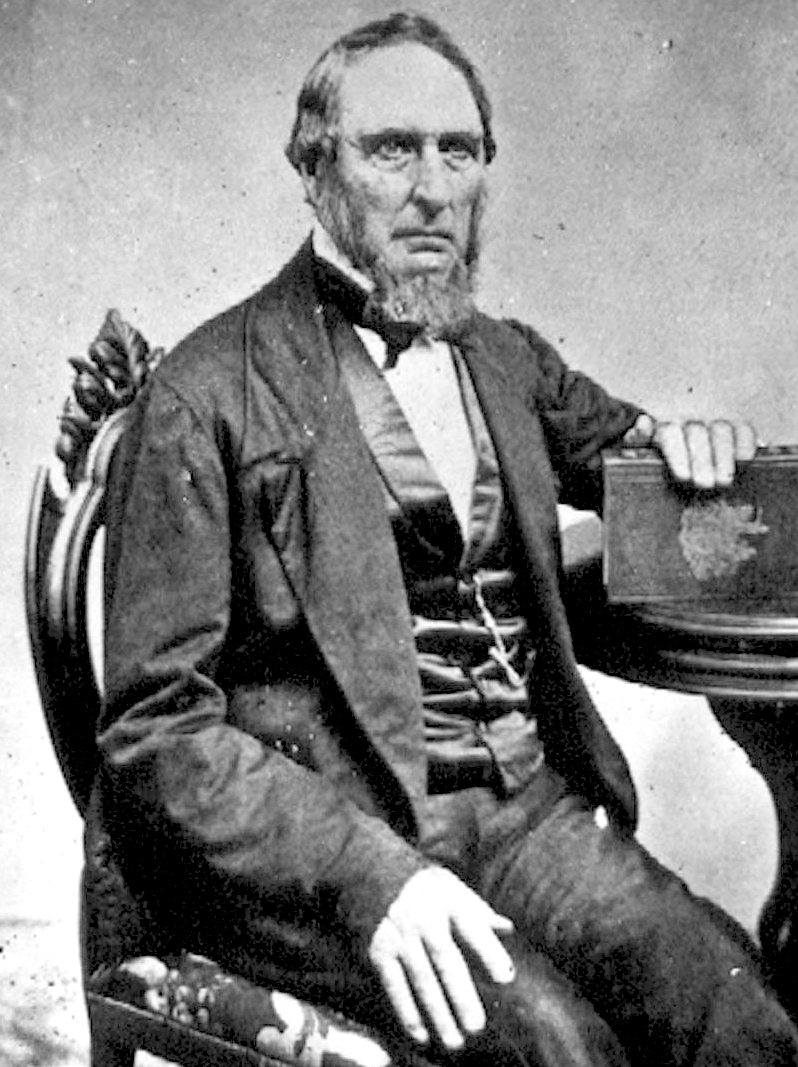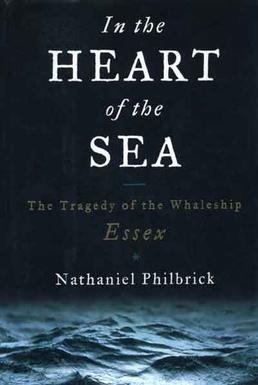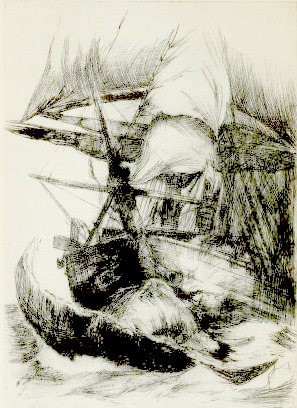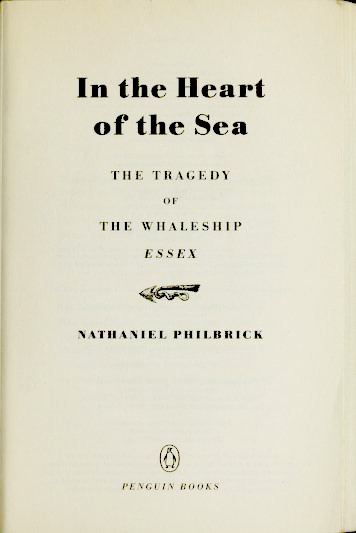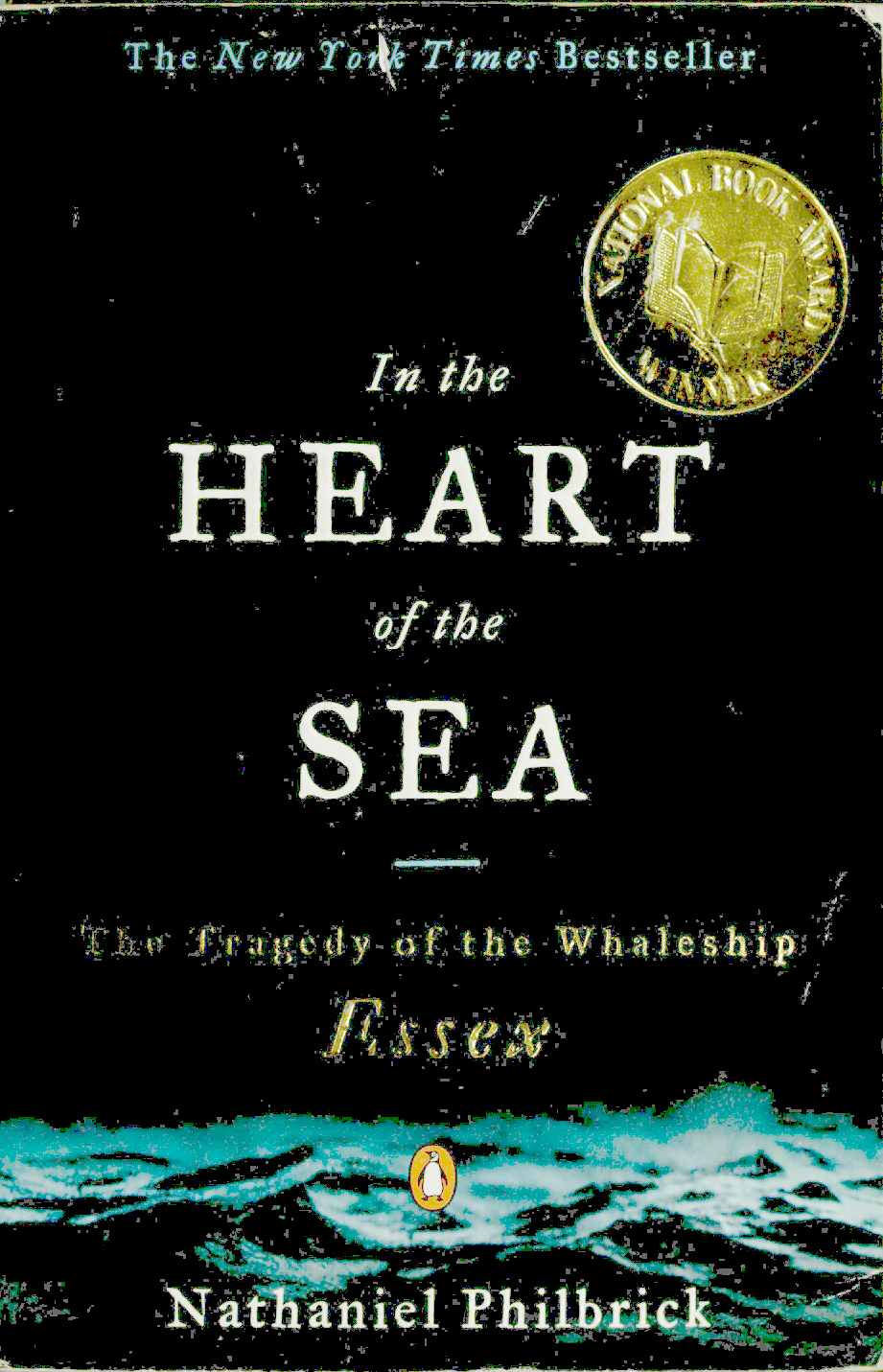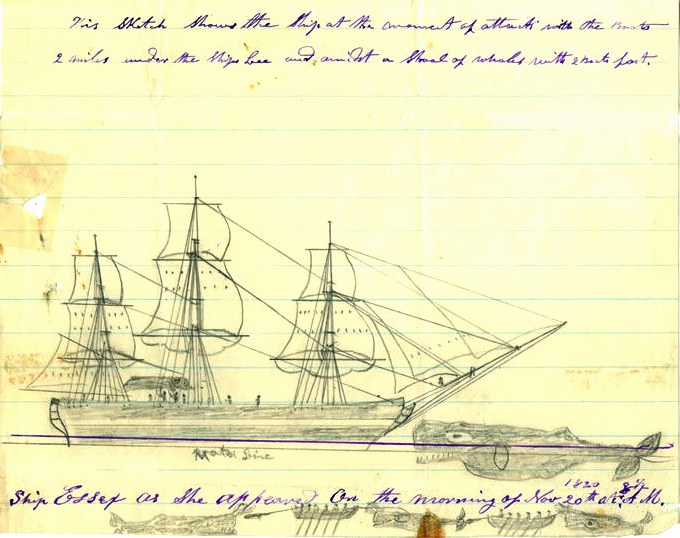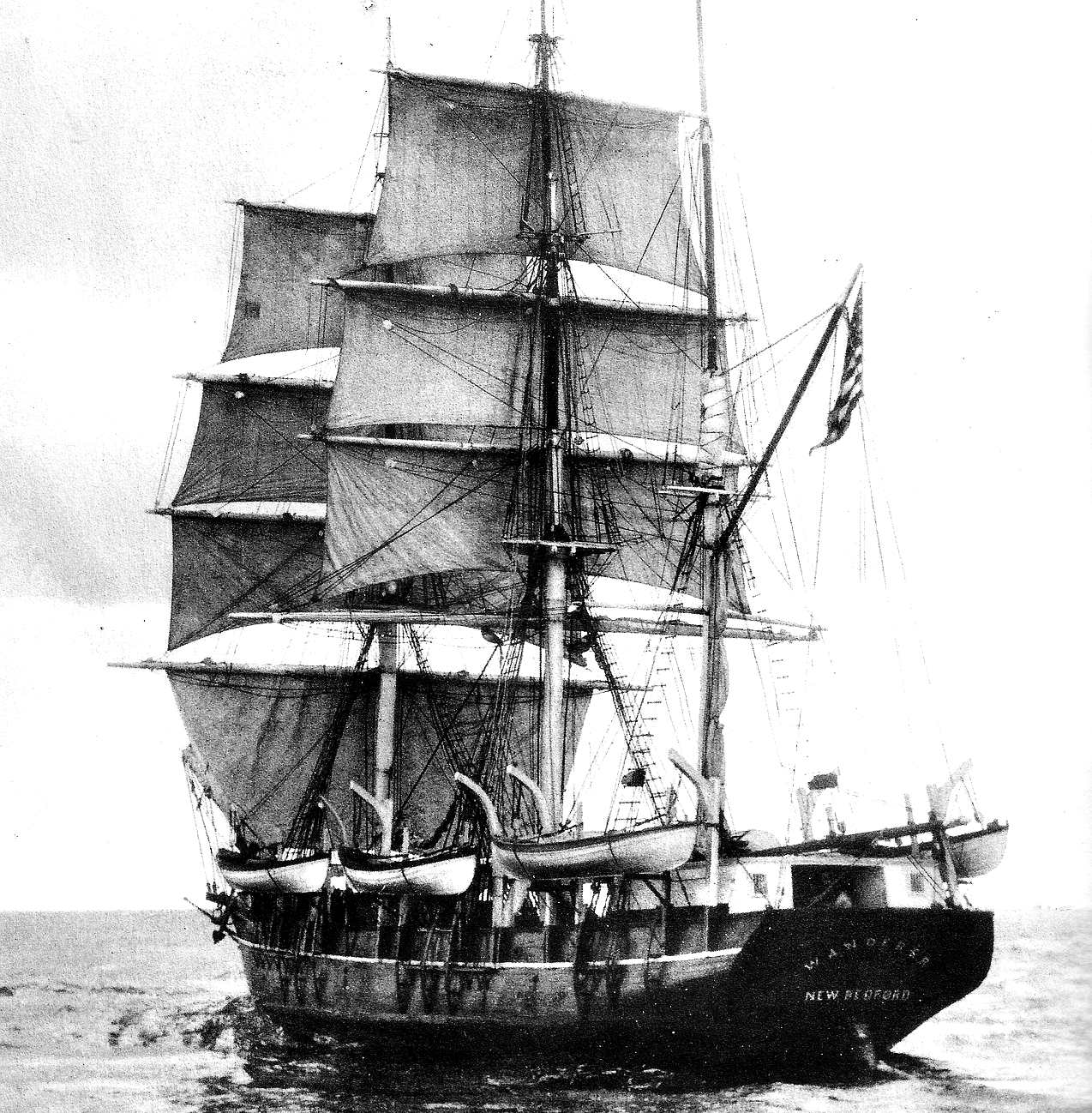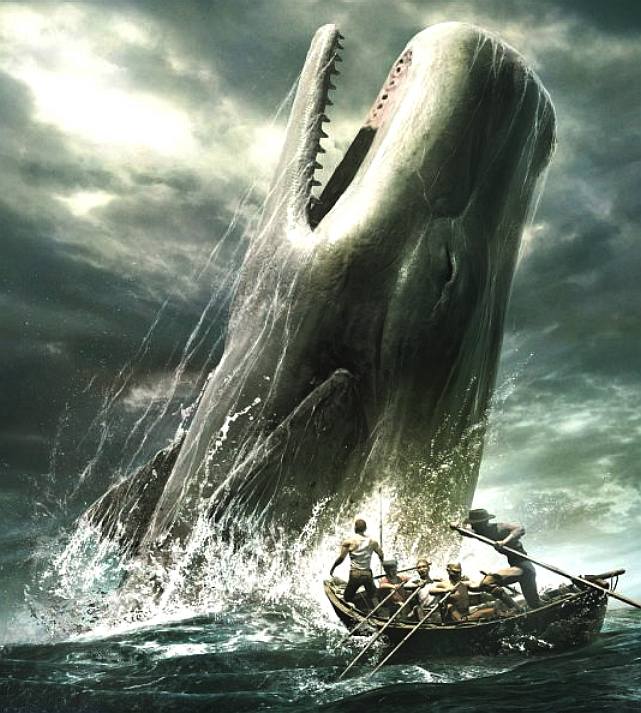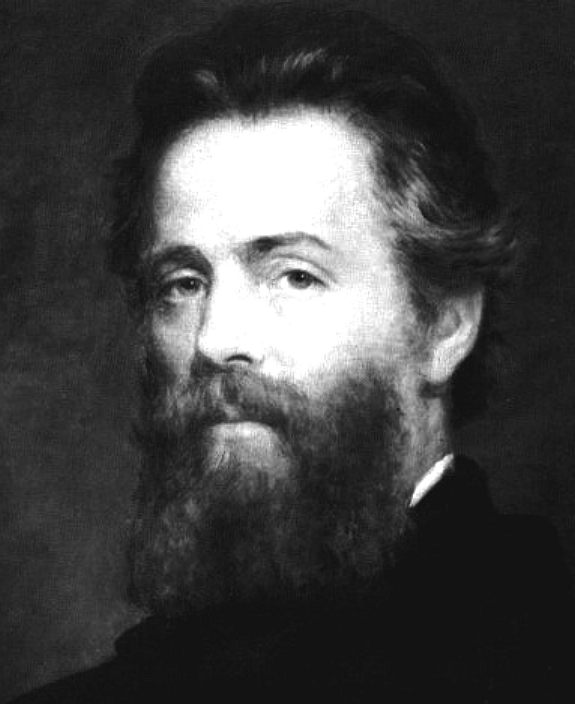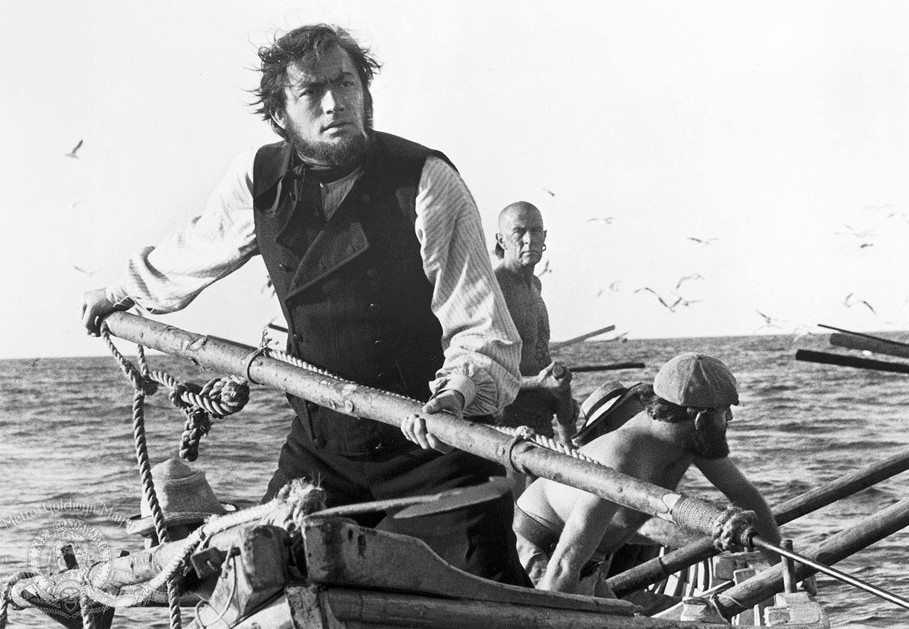|
ESSEX - IN THE HEART OF THE SEA
Please use our A-Z INDEX to navigate this site, or flipper HOME
|
|
Historical recorders of one of the definitive attacks of a sperm whale on a whaling ship, Owen Chase [left] and Thomas Nickerson [right]. The true heroes of a real life sinking, as a giant cetacean took exception to being killed to be rendered down into barrels of oil for profit. Petroleum came next, giving us global warming, and now we have the United Nations desperately trying to mend the damage from years of inaction, via their Sustainability Development Goals (SDGs).
In 1819, the 238-ton Essex set sail from Nantucket on a routine voyage to hunt whales. Fifteen months later the Essex was rammed and sunk by an enraged sperm whale. Fearing cannibals on the islands to the west, the 20-man crew set out in three small boats for South America, almost 3,000 miles away. Three months later, only eight were left alive. This book shares a fantastic saga of survival and adventure, steeped in the lore of the whaling tradition, with deep resonance in literature and American history, and in the life of the Nantucket community.
STORY SUMMARY
Publication date 2001. Publisher New York: Penguin Penguin Books: pp. xiv–xv. ISBN 0-14-100182-8 Viking
Books: ISBN 0-670-89157-6
There was no mention of Mocha Dick in 1838 or the Ann Alexander sinking in 1851.
NATHANIEL PHILBRICK Nathaniel Philbrick was born on the 11th of June 1956. He is an American author of history, winner of the National Book Award, and finalist for the Pulitzer Prize. His maritime history, In the Heart of the Sea: The Tragedy of the Whaleship Essex, which tells the true story that inspired Melville's Moby-Dick, won the 2000 National Book Award for Nonfiction and was adapted as a film in 2015. Nathaniel Philbrick was born on June 11, 1956, in Boston, Massachusetts, the son of Marianne (Dennis) and Thomas Philbrick, an English professor. He grew up in Pittsburgh, Pennsylvania and has lived in Nantucket, Massachusetts since 1986. Nathaniel is married to Melissa Douthart Philbrick, former Executive Director of Remain Nantucket. They have two children, Jennie and Ethan. He is a leading authority on the history of the island of Nantucket. Philbrick attended Linden Elementary School and graduated from Taylor Allderdice High School in Pittsburgh, Pennsylvania. He earned a BA in English from Brown University and an MA in American literature from Duke University where he was a James B. Duke Fellow. Philbrick was Brown University’s first Intercollegiate All-American sailor in 1978, the same year he won the Sunfish North Americans in Barrington, Rhode Island. NATHANIEL'S CAREER
After graduate school, Philbrick worked for four years as an editor at Sailing World magazine. He then worked as a freelancer for a number of years, during which time he was the primary caregiver for his two children while writing and editing several books about sailing, including: The Passionate Sailor, Second Wind, and
Yachting: A Parody.
A
drawing by Thomas Nickerson, cabin boy on the Essex when it was sunk in 1820
THE
ESSEX - This three-masted ship was made from white oak, especially known for its strength,
measuring 87 feet (26.5 metres) and just 239 tons displacement. There were 21 men on
board, including first-time captain, George Pollard, Jr.
Gregory Peck as the obsessed Captain Ahab, in search of the giant white sperm whale Moby-Dick in the 1956 Warner Brothers film.
Please use our A-Z INDEX to navigate this site
|
|
|
This website is Copyright © 2024 Cleaner Ocean Foundation Ltd and Jameson Hunter Ltd
|
